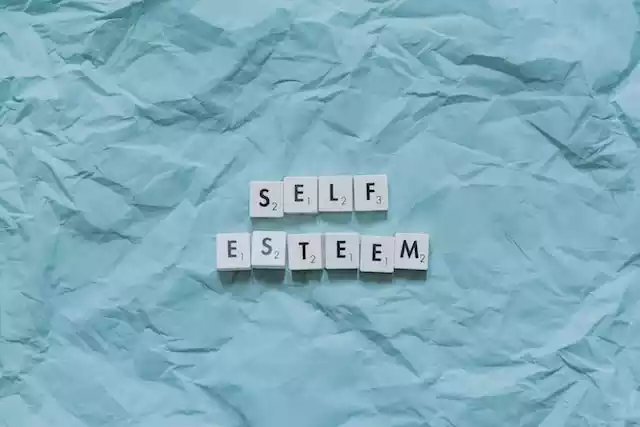Most Effective Ways to Take Notes in Class
Taking good notes in class is not just a routine task; it’s a skill that can significantly enhance your study performance and academic success.
However, many students face the challenge of forgetting what they wrote down when exams approach.
In this article, we will look at the art of note-taking and provide insights on how to take effective notes as a student.
Understanding Note-Taking
Un-Isolated and Isolated Note Taking
Note-taking can be broadly categorized into two types: un-isolated and isolated.
Un-isolated note-taking happens in the classroom, while isolated note-taking occurs when studying alone.
Both play a crucial role in academic success.
The Two Essential Notebooks
1. Junk Note
The junk note serves as a rough draft, capturing information while a teacher is lecturing or explaining concepts.
It acts as a quick reference, ensuring you don’t miss any vital information.
2. Master Note
The master note is the refined version formed from the junk note and your understanding of the material.
This comprehensive note becomes your primary resource for exam preparation, containing structured information to facilitate quick assimilation.
How to Take Junk Notes
Junk notes are meant to be rough, but a few strategies can enhance their effectiveness:
Selective Recording
Avoid writing down every word. Capture important information and keep some details in your memory.
Visual Organization
Use shapes to highlight or group essential information. Circle key points, creating a visual hierarchy.
Shorthand Techniques
Employ shorthand to expedite or aid note-taking. For example, abbreviate “characteristics” as xtics or replace common words like “with” with w/ to maintain a balance between speed and comprehension.
Other common shorthand techniques that you can use for efficient note-taking:
- (&) — and
- d — the
- btw — between
- 2 — to
- b/c — because
- w/o — without
- info — information
- w/i — within
- e.g. — for example
- i.e. — that is
- vs. — versus
- etc. — et cetera
- approx. — approximately
- b4 — before
These shorthand techniques can be useful for jotting down information quickly and efficiently, especially during fast-paced lectures or when taking rapid notes.
However, it’s essential to strike a balance and not rely on shorthand to the extent that it hinders your understanding or clarity during review and exam preparation.
Cornell Method
Utilize the Cornell Method, a structured approach that divides your paper into three sections.
This method encourages active listening, engagement, and effective summarization.

- Left Column: Create a narrow left column for cues and questions. For example, suppose you’re attending a lecture on literature analysis, jot down key questions or cues like “Symbolism in ‘The Great Gatsby’” or “Literary devices in Shakespeare’s sonnets.”
- Right Column: Allocate a wider right column for detailed notes on the main points discussed during the lecture.
Capture essential information that provides context and understanding. - Bottom Section: Use the bottom section to write a summary of the key takeaways and connections you made during the lecture.
This step reinforces your understanding and facilitates easier review.
The Cornell Method is a powerful tool that not only organizes your notes but also enhances your engagement with the material, making it an effective strategy for comprehensive note-taking.
How to Take Master Notes
Crafting an effective master note involves deliberate strategies:
- Visual Clarity: Utilize contrasting sketches, such as bullet points or star dashes. Consider using cloud-shaped sketches for clarity and emphasis.
- Alignment with Past Questions: Structure your master notes in line with previous exam questions. This approach helps in formatting key points and focusing on relevant content.
- Incorporate Memory Aids: Integrate additional points, tags, or short notes. Connect these to the main content by circling and linking them. This technique aids in recalling information during revision.
- Learn from Examples: Include examples in your notes. If you understood a concept through a specific example, note it down. This can serve as a helpful memory aid during exams.
Wrap Up
Taking good notes is a vital skill for academic success. By incorporating both junk and master notes into your study routine and applying effective strategies for each, you can enhance your understanding and retention of course material.
FAQs
- Why is junk note-taking important? Junk notes capture information in real-time, preventing the loss of critical details during lectures.
- How do master notes aid in exam preparation? Master notes, crafted from junk notes, provide a comprehensive study resource aligned with past questions, aiding efficient exam preparation.
- Can I use shorthand in exams or master notes? While shorthand is useful for junk notes, it’s advisable not to rely on it during exams or in the master notes to maintain clarity and understanding.
- What role do visual elements play in note-taking? Visual elements, such as sketches and shapes, enhance clarity and emphasize key points, making it easier to comprehend and remember information.
- How can I ensure long-term retention of the material? Incorporating memory aids, such as linking points and including examples in master notes, can assist in long-term retention of course material.





